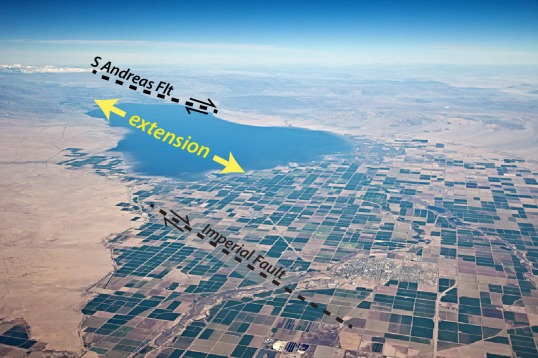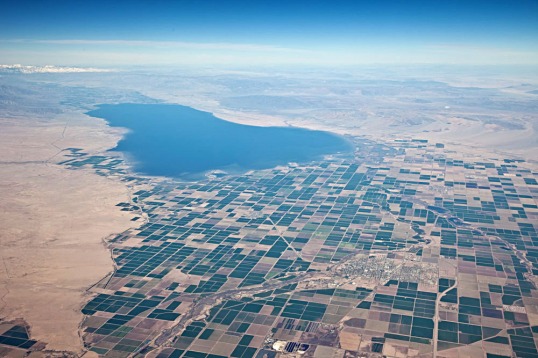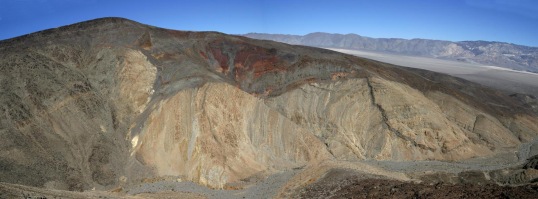California’s largest lake formed by its largest fault zone: the Salton Sea and San Andreas Fault
With a surface area of nearly 1000 square kilometers (381 square miles), the Salton Sea is California’s largest lake. But it’s relatively shallow –and because it has no outlet, it’s saltier than ocean water. It formed in 1905 when the nearby Colorado River overwhelmed irrigation canals and flooded the region. Now it’s an incredibly important migratory bird refuge, fishery, and dumping ground for agricultural waste. Seems like those things shouldn’t really go together!
But it just seems young. The Salton Sea actually occupies part of the Colorado River Delta –and as a result, has been filled with freshwater multiple times since the delta was first constructed, probably near the beginning of the Pleistocene. It’s also at the remarkably low elevation of 234 feet (71m) below sea level; the deepest part of the lake is 44 feet (13 m) below that.
And the low spot is there because of extension caused by the San Andreas fault system! The San Andreas fault terminates along the eastern margin of the lake basin, but steps across the lake to the Imperial fault, which forms its western margin. Both faults are right-lateral –and because they step to the right, they pull the area apart in-between them. Kind of like central Death Valley –which is even lower in elevation than the Salton Sea! But more on Death Valley later.

Aerial view of Salton Sea, with the approximate locations of the southern San Andreas and Imperial faults. Note how right-lateral slip on the two en-echelon faults drive extension between them.
click here to see more photos of the San Andreas fault system, or click here to see a photo geology tour of Death Valley, California.


















